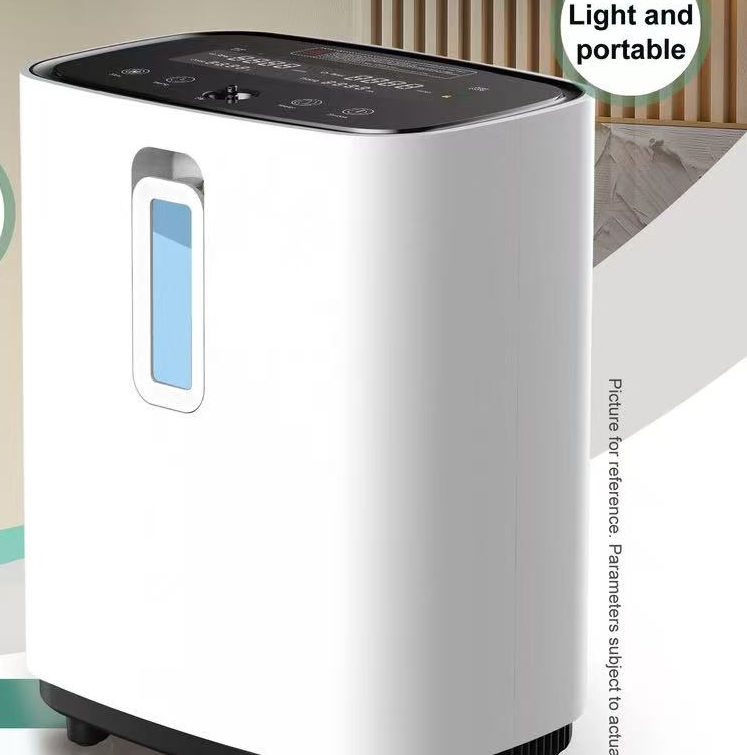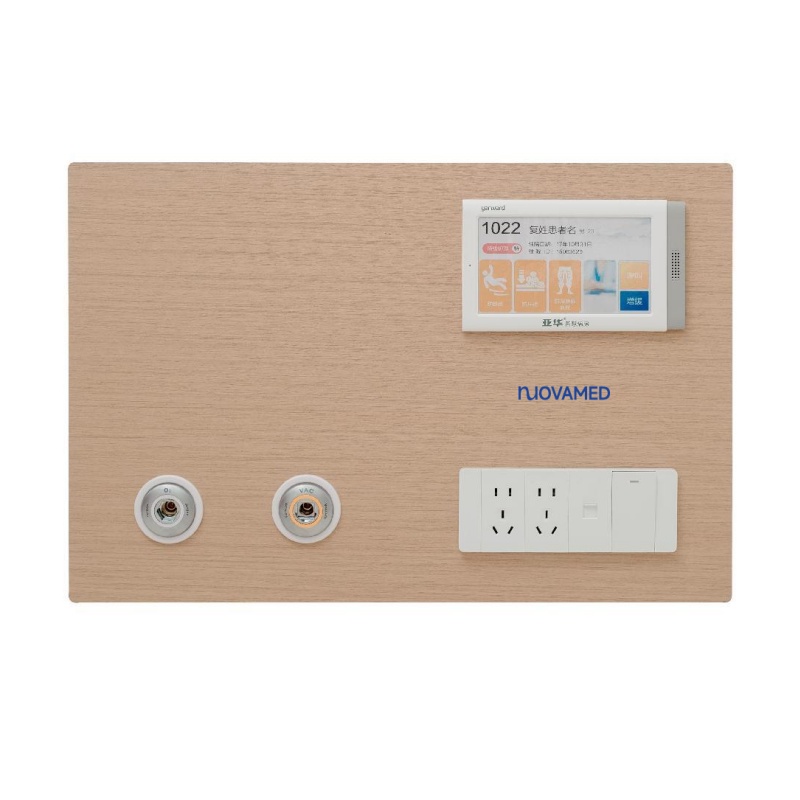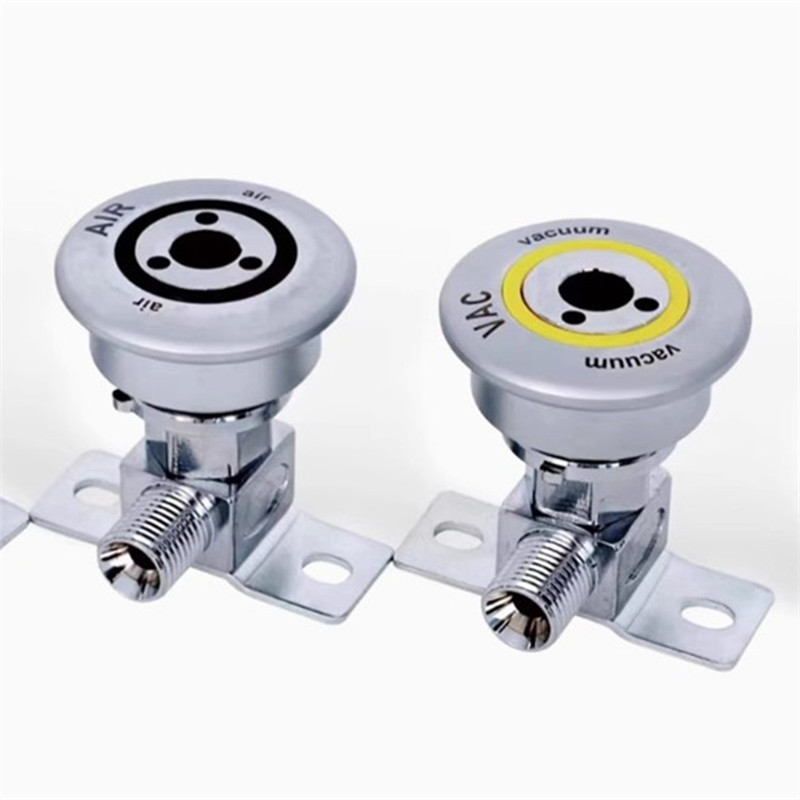How Long Does a Portable Oxygen Generator Last?
The lifespan of a portable oxygen generator (also called a portable oxygen concentrator, POC) depends on two key metrics: operational duration per charge (how long it runs on battery) and overall device lifespan (how many years it remains functional). Both are influenced by design, usage patterns, and maintenance.
1. Operational Duration: How Long It Runs on a Single Charge
This refers to the time a POC can deliver oxygen before needing recharging or a battery swap. It varies significantly based on:
a. Flow Rate and Delivery Mode
- Pulse Dose Mode: Delivers oxygen in bursts synchronized with inhalation (most energy-efficient). Runtime ranges from 4–10 hours at lower settings (1–3 LPM, liters per minute) .
- Continuous Flow Mode: Provides a steady oxygen stream, consuming more power. Runtime typically drops to 2–5 hours at equivalent flow rates .
- Example: The Inogen Rove 6™, a premium model, offers up to 12 hours and 45 minutes with an extended battery in pulse dose mode .
b. Battery Capacity and Type
- Standard batteries for most POCs last 2–5 hours at moderate flow rates (2–3 LPM) .
- Rechargeable lithium-ion batteries degrade over time, with a typical lifespan of 300–500 charge cycles (roughly 1–3 years with daily use) .
- Users can extend runtime by carrying spare batteries or using external power sources (AC outlets, car chargers) for continuous operation .
2. Overall Device Lifespan: How Many Years It Remains Functional
With proper maintenance, most portable oxygen generators last 4–7 years . Premium models like the Inogen Rove 6™ boast an industry-leading 8-year expected service life due to durable components . Key factors affecting longevity include:
a. Critical Component Wear
- Sieve Beds: These filter nitrogen from ambient air to produce concentrated oxygen. They typically require replacement every 1–2 years with regular use, as their efficiency declines over time .
- Compressors and Fans: These moving parts degrade gradually. High-quality models (e.g., Inogen, CAIRE) use robust compressors that withstand thousands of hours of operation .
b. Maintenance Practices
- Filter Cleaning: Weekly cleaning of air intake filters prevents dust buildup, which can strain internal components .
- Battery Care: Storing batteries at 40–60% charge when unused and fully charging them twice monthly prolongs battery life .
- Environmental Protection: Avoiding extreme temperatures (below 40°F/4°C or above 95°F/35°C) and humidity prevents corrosion and electronic damage .
c. Usage Patterns
- Heavy daily use (8+ hours/day) may reduce lifespan to 3–5 years, while occasional use can extend it to 7+ years .
- Units used in dusty or polluted environments require more frequent servicing to maintain performance .
3. Key Differences from Oxygen Tanks
Unlike oxygen tanks (which store finite compressed oxygen), portable oxygen generators extract and concentrate oxygen from ambient air, so their “runtime” isn’t limited by tank size. Instead, they depend on battery power or external electricity. This makes POCs ideal for travel and daily activities, as they eliminate the need to refill or replace tanks .
4. Signs It Needs Replacement
- Reduced Oxygen Purity: When oxygen output drops below 80% (measured via professional testing), the device can no longer deliver therapeutic levels .
- Frequent Malfunctions: Persistent issues like overheating, noisy operation, or battery failure often indicate end-of-life .
- Battery Degradation: If recharge time doubles or runtime falls below 50% of the original capacity, replace the battery .
Conclusion
A portable oxygen generator typically operates for 2–12 hours per charge (depending on settings and battery) and lasts 4–8 years overall with proper care. Premium models and rigorous maintenance extend both metrics significantly. For optimal performance, follow manufacturer guidelines for filter cleaning, battery care, and regular professional servicing. Always consult your healthcare provider or equipment supplier to assess when replacement is necessary.



